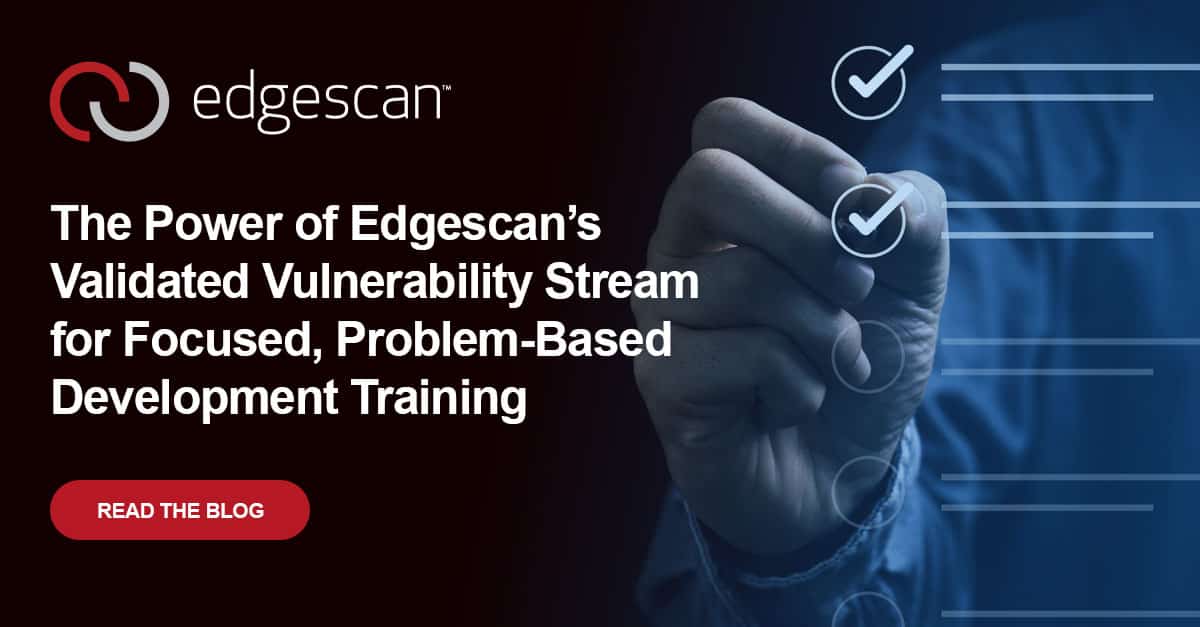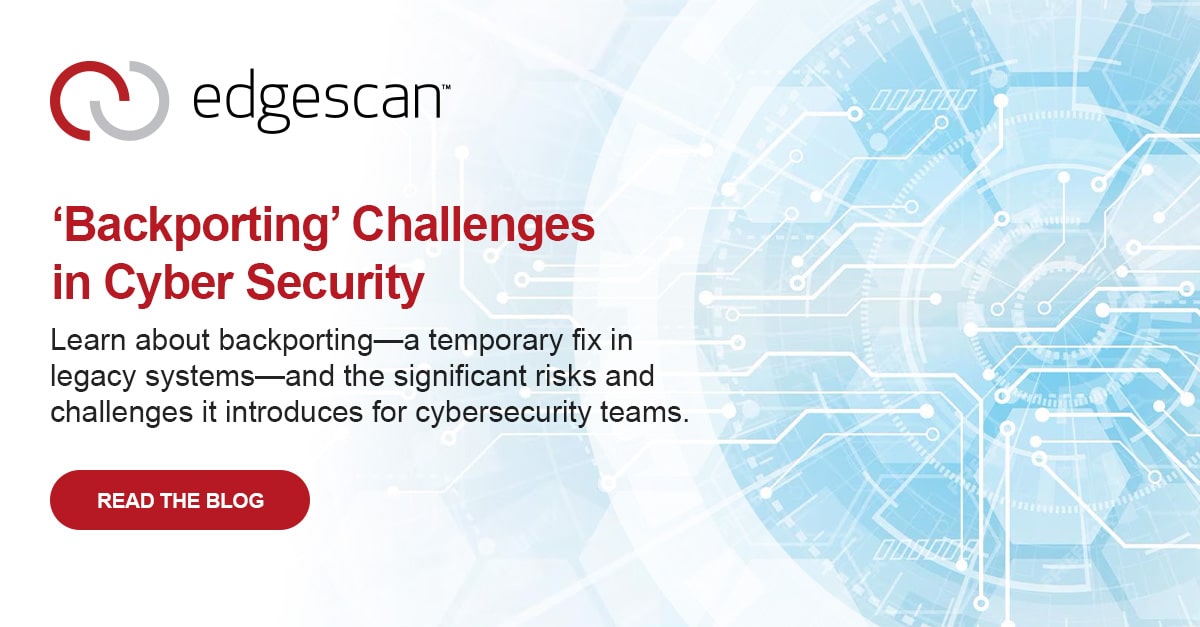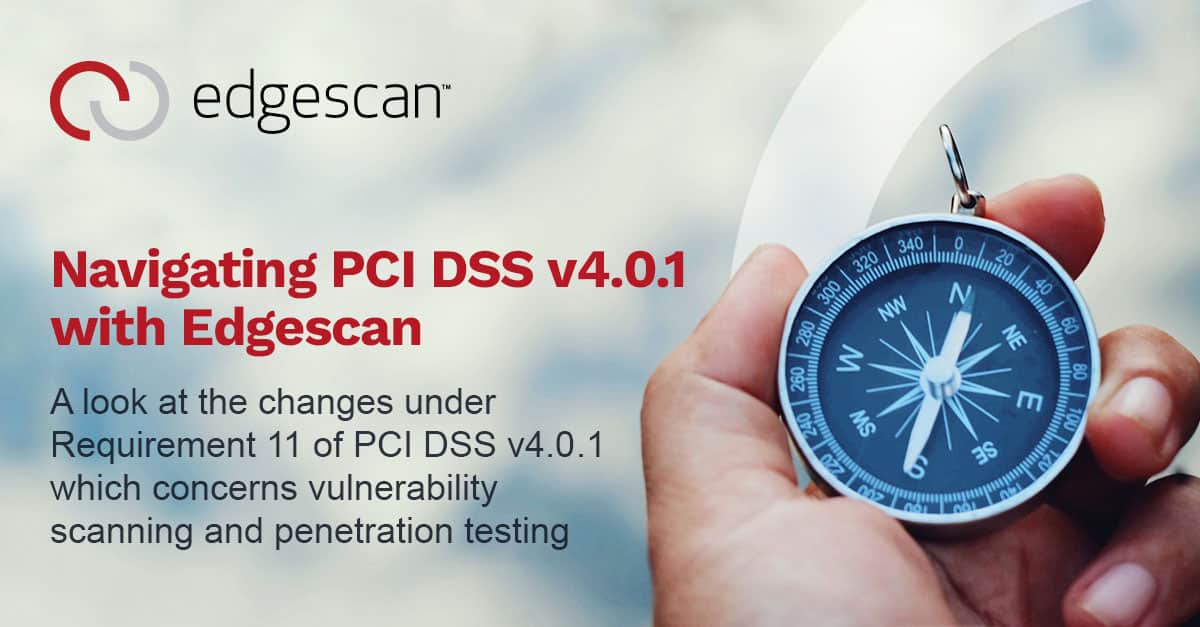When it comes to security training for developers, one size doesn’t fit all. You can send your teams to generic secure coding courses or throw random security guidelines at them, but is that really going to stick? Most developers I know are pragmatic problem-solvers. They thrive when you give them real, tangible issues to fix, not abstract rules to follow. And that’s where Edgescan’s validated vulnerability stream comes in—it turns security from theory into practice.
The Problem with Generic Security Training
Let’s face it: traditional security training is often a bit of a grind. Developers sit through hours of presentations, learning about a long list of security vulnerabilities that may or may not be relevant to what they’re building. Sure, they might retain some of that information, but how much of it translates into their daily coding habits?
When you bombard developers with a laundry list of potential threats, they don’t have the time or the context to apply that knowledge directly. In the fast-moving world of software development, training needs to be specific, problem-based, and integrated into the development cycle. Otherwise, it’s just noise.
Edgescan’s Validated Vulnerability Stream: Real-World Problems in Real Time
Edgescan’s validated vulnerability stream is a game-changer because it delivers actual, verified security vulnerabilities that are impacting your own systems, in real-time. This is not some hypothetical security lesson; these are vulnerabilities you need to fix.
The beauty of the Edgescan platform is its hybrid approach: vulnerabilities are identified through automated scanning, but then they’re validated by human experts before being sent to your team. That means developers aren’t wasting time chasing false positives or irrelevant issues. Every vulnerability in the stream is actionable, real, and relevant to your environment.
This stream of validated vulnerabilities gives you a continuous, targeted feed of the exact problems that are affecting your codebase right now. And that’s where the opportunity for focused, problem-based development training comes in.
Focused Training: Turning Vulnerabilities into Learning Opportunities
Imagine using this validated vulnerability stream to guide your development training efforts. Instead of generic lectures, you’re focusing on the exact security problems your team needs to address. You can structure training sessions around real-world issues that are specific to your applications, whether it’s an injection flaw, a misconfigured API, or an insecure file upload mechanism.
Here’s how you can use the Edgescan stream for problem-based development training:
- Contextual Learning: Instead of teaching SQL injection in the abstract, walk through a SQL injection vulnerability that was discovered in your system. Show the team how it was identified, how it can be exploited, and—most importantly—how to fix it. This turns security from an academic exercise into a real-world problem-solving challenge.
- Immediate Feedback: With Edgescan’s continuous stream, you can integrate security feedback into your development process. As vulnerabilities are discovered and remediated, you can use them to reinforce secure coding practices on the spot. Developers see the impact of their work in real-time, which reinforces learning far better than a one-off training session.
- Focused Skill Development: Every developer or team has their strengths and weaknesses. The Edgescan stream allows you to identify areas where specific developers need more training. If a particular team struggles with API security, you can focus your training on the vulnerabilities discovered in that area. This helps build targeted expertise, rather than overwhelming the team with a broad spectrum of security concerns.
- Closing the Knowledge Gap: In many organizations, there’s a gap between security teams and development teams. Security folks find vulnerabilities, but developers are often left to figure out the fix on their own. The validated vulnerability stream bridges that gap. Security and development teams can collaborate on resolving these issues, using them as a basis for shared learning and better communication across departments.
- Tailored Training for Specific Technologies: Edgescan’s vulnerability insights are specific to the technologies you’re using. If your team is heavily invested in microservices, API security flaws might be more relevant. If you’re working in a legacy system, you might focus on patching out-of-date dependencies. By honing in on the actual technologies and frameworks in your stack, training becomes practical and directly applicable to your daily work.
Creating a Culture of Continuous Learning
What excites me about this approach is that it turns security into an ongoing, iterative process. Edgescan’s validated vulnerability stream isn’t a one-off event. It’s a living, breathing resource that evolves with your codebase and development practices. You’re not just securing your system; you’re actively training your developers with each new vulnerability that arises.
This creates a culture of continuous learning. Developers aren’t being sent to training sessions once a year—they’re getting security feedback embedded directly into their workflow. And because the vulnerabilities are real and relevant, the lessons learned stick far more effectively than they would in a traditional classroom setting.
The Path Forward
We all know security isn’t static. The threats evolve, the code evolves, and training needs to evolve along with it. By leveraging Edgescan’s validated vulnerability stream, you can build a dynamic, focused training program that’s driven by the real-world issues your developers are already facing.
It’s the perfect marriage of proactive security management and hands-on learning. Your developers aren’t just coding defensively—they’re building secure habits from the ground up, guided by real-time, validated vulnerabilities that matter to your business.
That’s how we take developer security training from theory to practice—from broad lessons to focused, problem-based learning. And that’s how we create a more secure development culture that doesn’t just patch vulnerabilities but actively learns from them.








